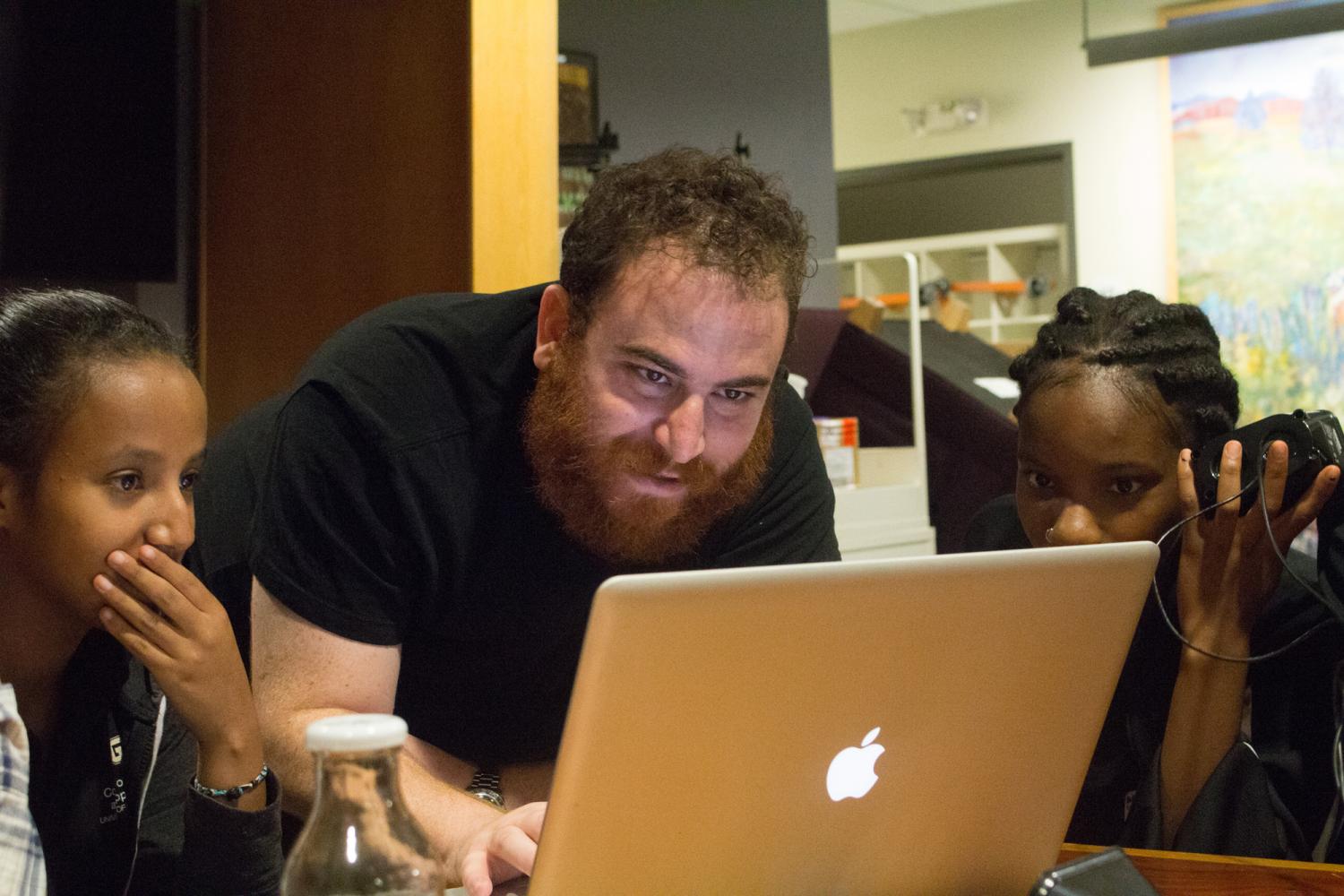Computer music as gateway to learning contemporary computer science
Designing and programming networked technologies might seem like an advanced topic for computer science education, but researchers from University of Colorado Boulder’s ATLAS Institute and Goldsmiths, University of London have demonstrated that even middle school students with limited prior programming experience can develop interactive, creative, networked technologies using specialized technology.
Principal investigator Ben Shapiro, an assistant professor of computer science at the ATLAS Institute, University of Colorado Boulder, worked with his students, and his Goldsmiths colleague Rebecca Fiebrink to construct BlockyTalky WeJam, an interactive computer music toolkit for youth to create computer music systems for collaborative performances. BlockyTalky allows young people to create networks of sensing devices and musical synthesizers, and to program the musical and interactive behaviors of these devices. It also enables users to build a variety of other kinds of physical, sensor-rich interfaces, which students can combine in distributed systems of their own design.
The study found that exposure to BlockyTalky supported learning about computer science concepts, and changed students' perceptions of computing. “Many American students and adults have negative stereotypes of science and scientists, believing that they are socially distant, dangerous, workaholic, peculiar, irreligious and missing fun in their lives,” said Shapiro. “Creative computing, like in computer music, provides an opportunity to combat pervasive and insidious misperceptions of computer science and computer scientists.”
The work was reported in the article, “Tangible Distributed Computer Music for Youth,” published in the Summer 2017 issue of Computer Music Journal. The work was supported by the US National Science Foundation (CNS-1418463), the National Center for Women and Information Technology, and LEGO Education.



